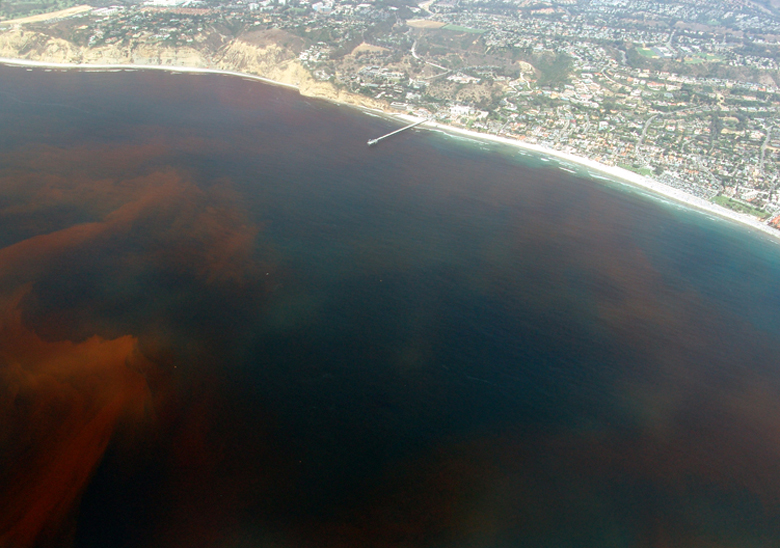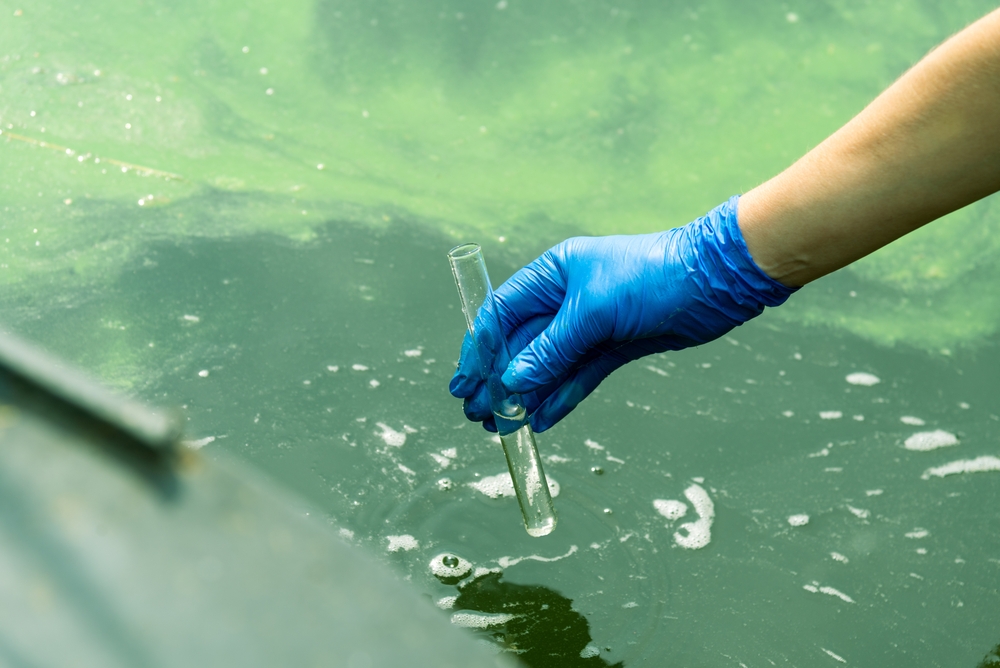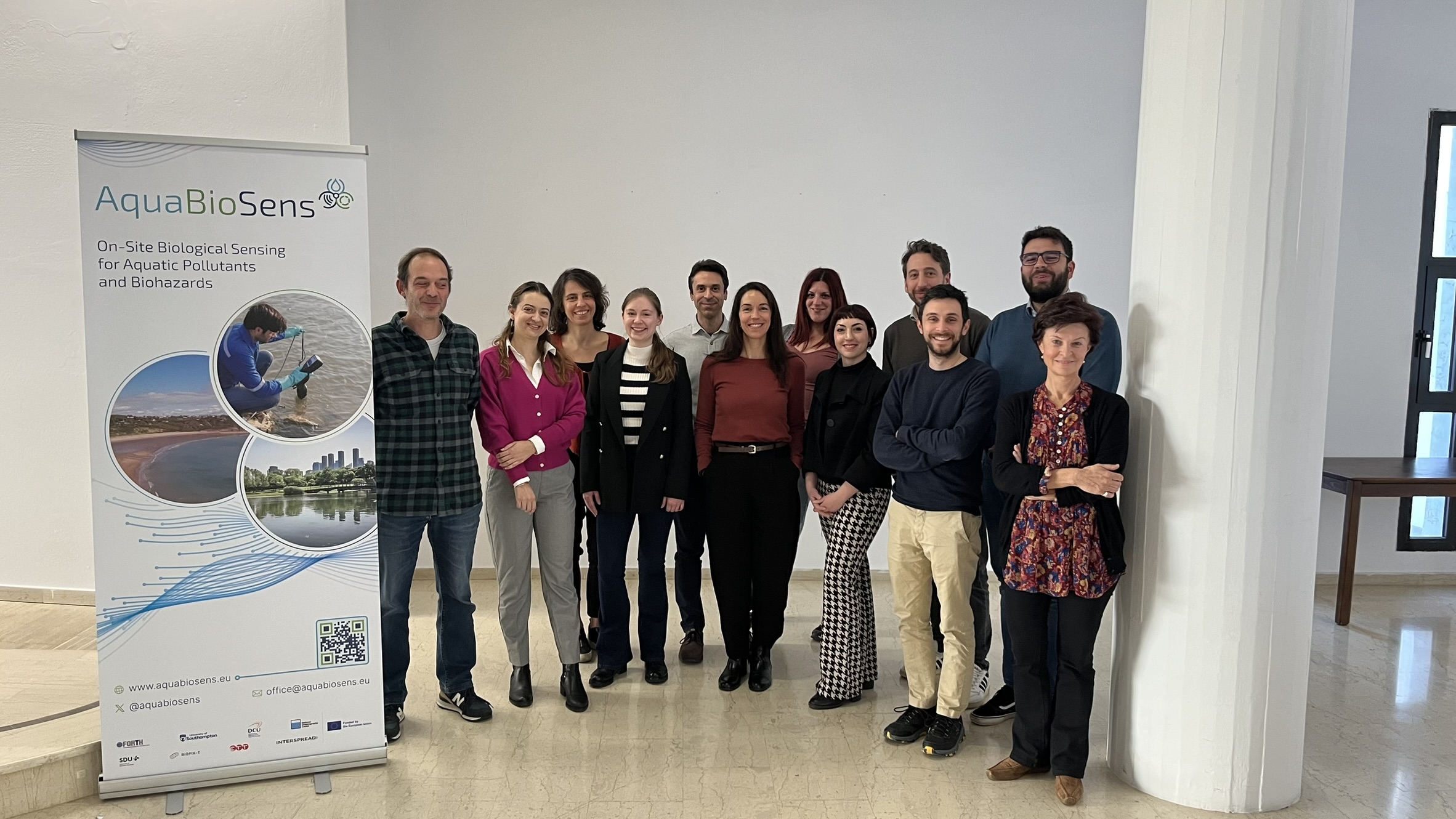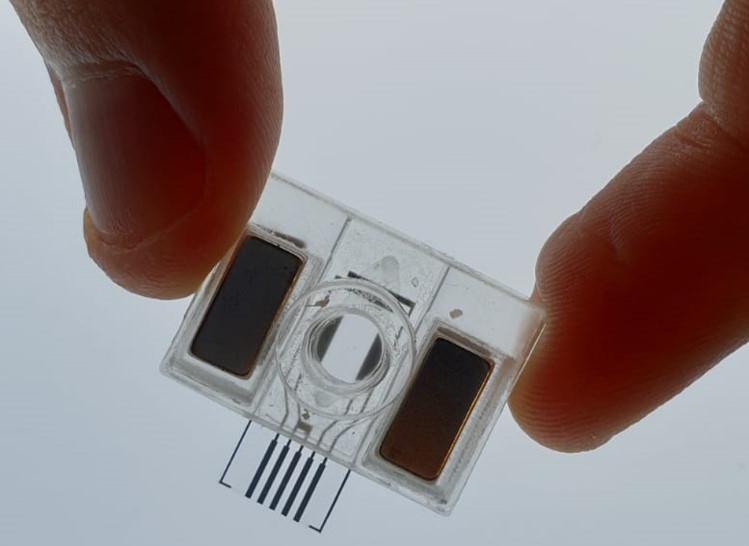
Early Warning for Toxic Waters: AquaBioSens Advances Algal Bloom Detection
Harmful algal blooms (HABs) are an escalating environmental and public health concern globally, affecting marine ecosystems, fisheries, and water quality. At AquaBioSens, we are working to provide rapid, sensitive, and field-deployable tools to detect and quantify toxic phytoplankton before they cause significant harm. Our advanced molecular sensors target three key HAB species:
- Toxic marine dinoflagellates of the genus They produce saxitoxin that which causes paralysis in humans when they consume contaminated shellfish,
- Toxic marine diatoms of the genus Pseudo-nitzschia. They produce domoic acid that causes amnesia in humans when they consume contaminated shellfish, but also intoxicate marine mammals leading to sickness and unusual behaviour.
- Toxic freshwater cyanobacteria Microcystis aeruginosa. These organisms produce Microcystin, which causes liver damage to humans and animals.
Unprecedented Alexandrium minutum Bloom in the Arctic Ocean
In a surprising development, the Arctic Ocean experienced an unprecedented bloom of Alexandrium minutum in 2022. Historically, the frigid waters of the Arctic were considered inhospitable to such blooms. However, rising sea temperatures and shifting ocean currents have created favourable conditions for this toxic phytoplankton. Alexandrium minutum reached the highest concentrations ever recorded in an Arctic bloom. This bloom not only threatened marine life but also posed significant risks to Indigenous communities reliant on local seafood.
Ongoing Pseudo-nitzschia Bloom Along the California Coast
Concurrently, the California coastline is grappling with an ongoing bloom of Pseudo-nitzschia (April 2025). This diatom is notorious for producing domoic acid, a potent neurotoxin responsible for amnesic shellfish poisoning. The current bloom has led to the closure of shellfish harvesting areas and has been implicated in the deaths of marine mammals and seabirds. Also, intoxicated sea lions have attacked surfers and swimmers causing serious injuries. The persistence and scale of this bloom underscore the need for more sensitive, real-time detection methods to mitigate its impact.
Prolonged Microcystis aeruginosa Bloom in Lake Erie
In 2024, Lake Erie experienced a notably severe and prolonged bloom of Microcystis aeruginosa, a cyanobacterium known for producing the liver toxin microcystin. The bloom began on June 24—the earliest recorded since monitoring began in 2002—and persisted into November, covering approximately 550 square miles at its peak. This event disrupted local economies dependent on tourism and fishing and raised concerns about drinking water safety.
AquaBioSens: Advancing Early Detection of HABs
At AquaBioSens, we have developed molecular assays capable of detecting these harmful species at concentrations below statutory safety limits. Our assays utilize species-specific DNA signatures to ensure high specificity and sensitivity, making them ideal for on-site monitoring in both marine and freshwater environments. By providing early warning systems, our sensors empower water quality managers, aquaculture operators, and public health officials to take proactive measures to protect ecosystems and communities.
As climate change continues to alter the patterns and intensity of harmful algal blooms, innovative detection technologies like those developed by AquaBioSens are essential in safeguarding environmental and public health.
Author: Martha Valiadi
Links
https://www.theguardian.com/us-news/2025/apr/02/california-sea-lion-poisoning
Keywords
Harmful algal bloom, toxins, public health, marine, freshwater, monitoring, biosensor, early warning





